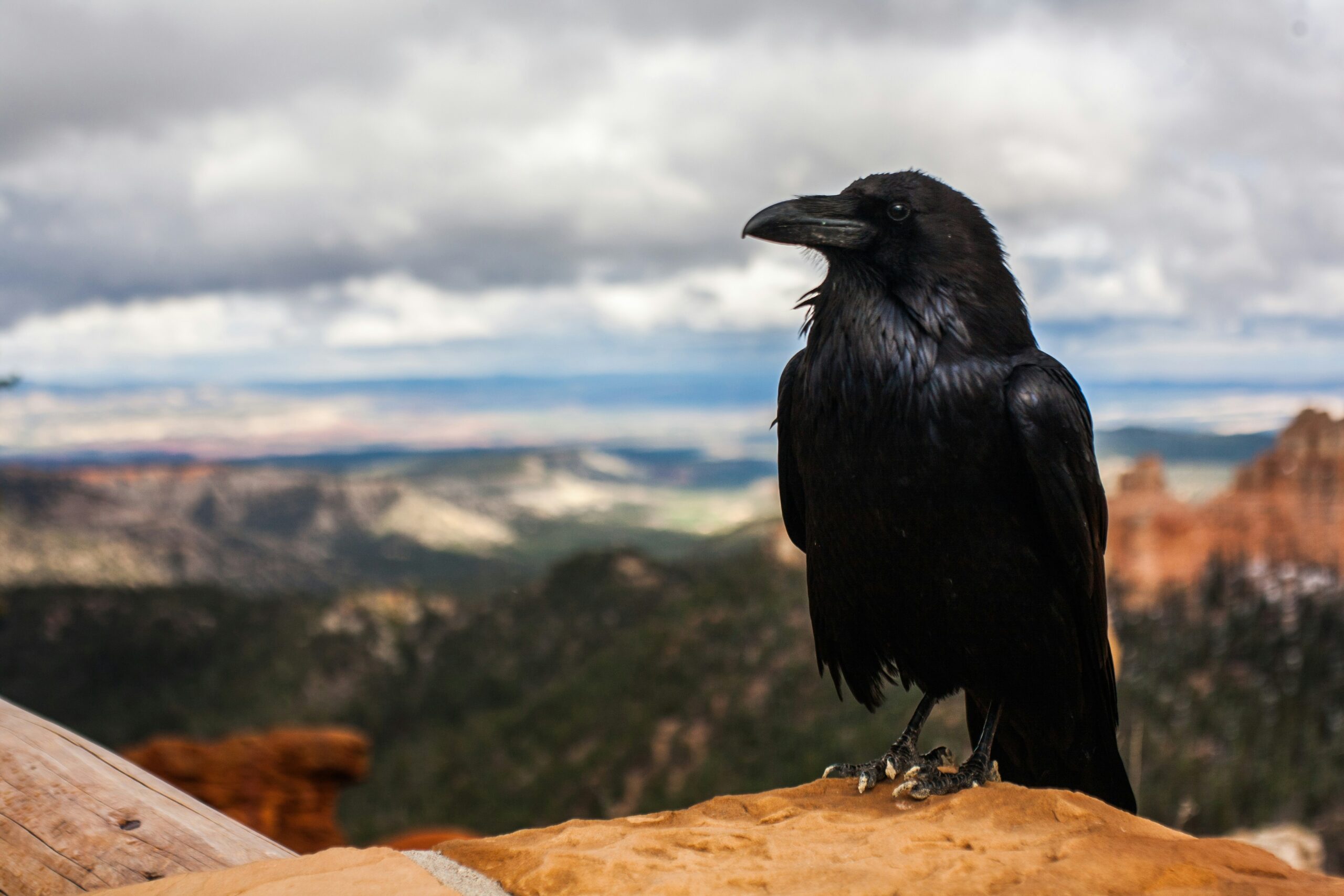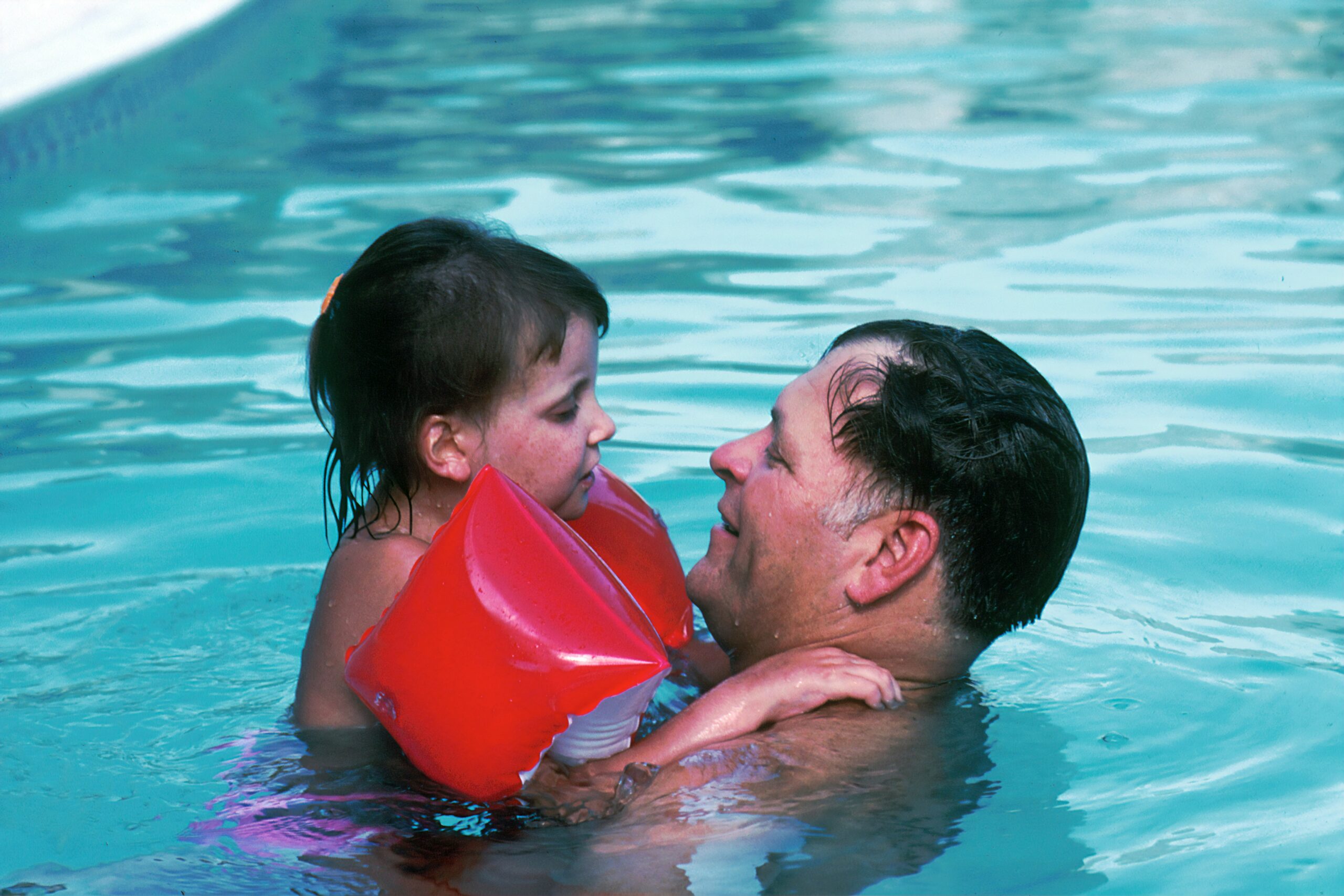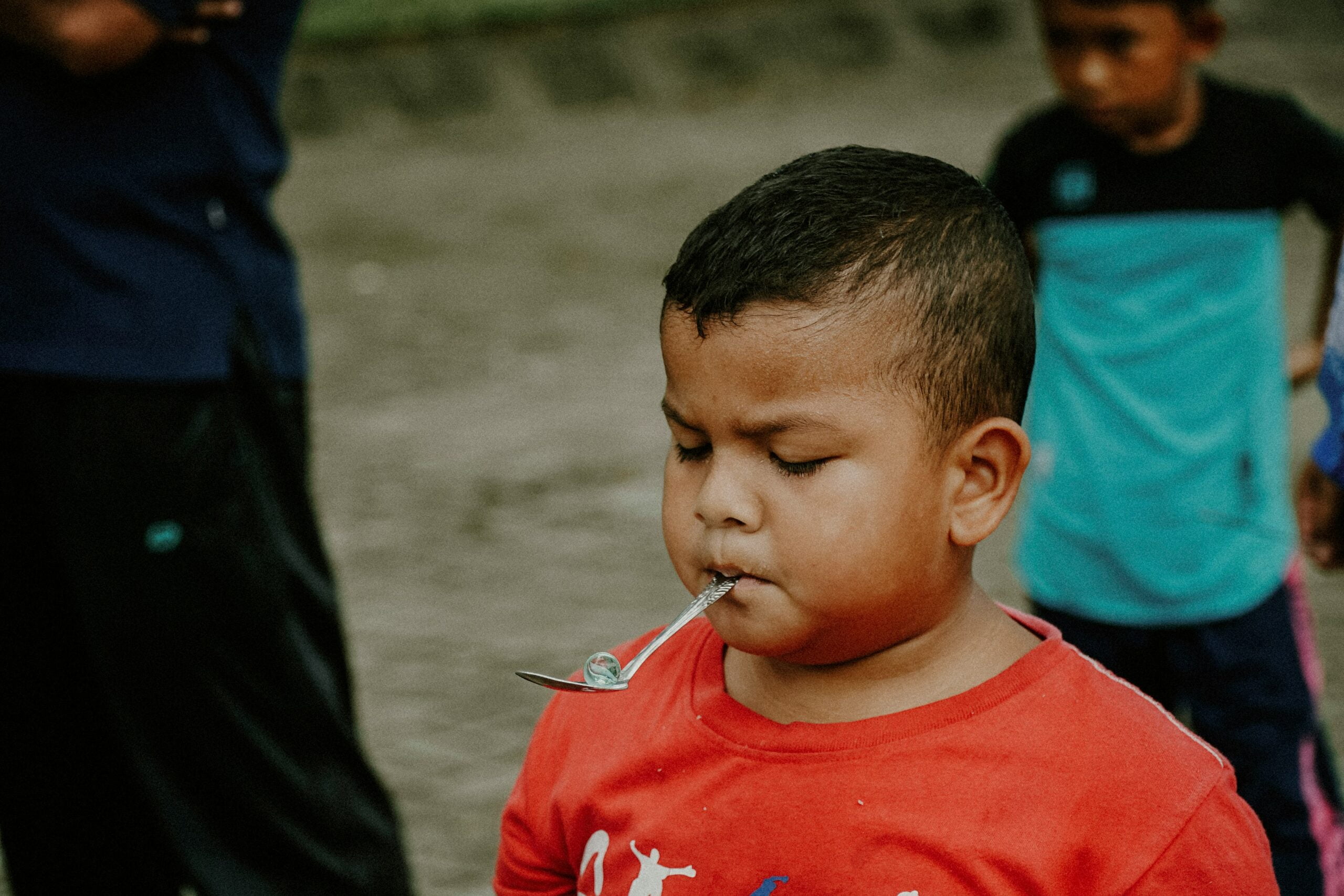The Remarkable Social Behavior of Crows: Understanding Their Noisy Reactions

The Social Dynamics of Crows
Crows are known for their high intelligence and complex social structures, traits that set them apart from many other bird species. One of the most intriguing aspects of their behavior is how they react when a member of their community dies or becomes trapped. This response involves loud cawing, which may seem like simple noise to humans but serves critical communicative functions for the crows.
Warning System for Danger
When a crow finds itself in danger or is subjected to harm, the ruckus it makes is not just an expression of distress. It’s a sophisticated alert system designed to warn other crows in the vicinity of potential threats. These loud, persistent calls effectively serve as a communal alarm, ensuring that the entire group remains vigilant and aware of their surroundings.
Encouraging Group Solidarity
The cawing does more than just warn others; it also calls them to action. The uproar can mobilize the community, bringing more crows to the scene. This collective gathering offers increased strength in numbers, which can sometimes be enough to deter predators or even frighten off humans who may have caused harm to a member of the flock.
Intimidation Through Numbers
Crows are not just passive victims; their collective behavior can be quite aggressive when necessary. The group might engage in dive-bombing or create more noise to intimidate any perceived threat. This coordinated response underscores the advanced social intelligence, showing how their behaviors have evolved to increase their chances of survival.
Thank you for reading this post, don't forget to subscribe!










